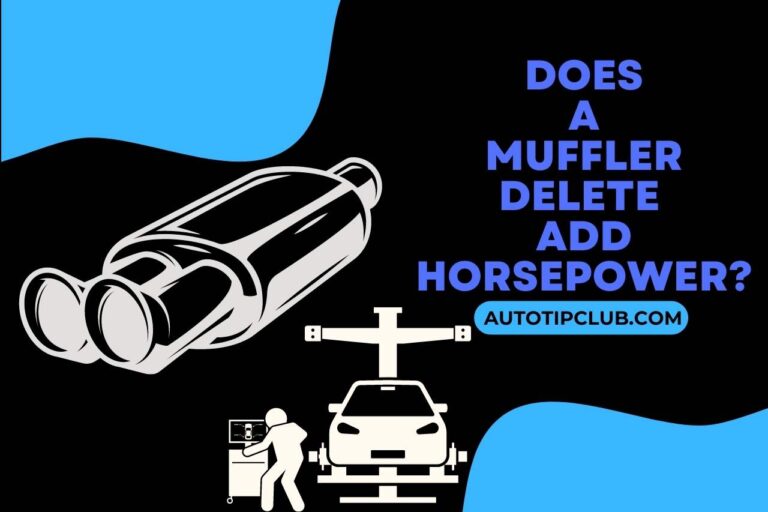How To Clear Service 4WD Light? Step-by-Step Guide
The awful flashing ‘Service 4WD’ light on your dashboard is something you’ve experienced if you’re the proud owner of a 4WD car or a passionate off-roader. It is reasonable to be concerned about this warning indicator, especially for inexperienced drivers. Ignoring it might result in severe issues with the car or possibly damage. This article will explain the confusion around this warning light and discuss its meaning. Understanding the ‘clear service 4wd light’ is crucial for a smooth and worry-free driving experience, whether you’re a DIY enthusiast or prefer the experience of a professional mechanic.
What The Service 4WD Light Means?
The ‘Service 4WD’ light on your dashboard is a crucial warning. It indicates a 4WD system issue with your car that must be fixed immediately. An incomplete gear shift is one possible reason that can be confusing and harmful to the health of your engine. When this happens, the ‘Service 4WD’ light could flash constantly to indicate a severe problem that needs to be fixed immediately.
When this light comes on, it is crucial to identify and fix the underlying issues to maintain the safety and efficiency of your 4WD system and engine. Ignoring this warning could result in more complications.
How To Clear Service 4wd Light?
To ensure your 4WD system is operating correctly and prevent future problems, you must turn off the ‘Service 4WD’ light. Here is a step-by-step guide on how to complete this task.
Step 1– Examine the service light.
Check if your dashboard’s ‘Service 4WD’ light is on before continuing. This warning light, which typically reads ‘Serv 4WD’ or ‘Service 4WD,’ may blink or turn red. The first step in resolving the issue is determining whether this light is visible.
Step 2– Remove the knee bolster and dash bezel.
You must take out the knee bolster and dash bezel to access the inside of your car. The dash bezel may be removed relatively quickly and easily. The knee bolster could need to be unscrewed and detached from its position with a screwdriver.
Step 3– Pull on the switch assembly.
After removing the knee bolster and dash bezel, carefully pull out the switch assembly. Apply similar force from all sides to prevent damage during removal.
Step 4– Disconnect the Transfer Case Control Module (TCCM).
The TCCM, which is frequently the cause of the ‘Service 4WD’ light, can be located by removing the switch assembly. Check out two cables that are attached to a little grey box. It is the TCCM. Cut the wires there. After completing this step, turn on your car again and see if the ‘Service 4WD’ light is still on. This process will often clear the light, as issues with the TCCM often trigger its activation.
Step 5– Disconnect the negative cable from the battery.
Try another approach if unplugging the TCCM cables fails to fix the issue. Locate the battery in your car, using the instructions if necessary. Allow the car to sit without the negative cable attached to the battery for at least an hour. After that, start the car and reconnect the negative cable. If the previous methods didn’t work, this step can help to turn off the ‘Service 4WD’ light. Ensure the negative cable is reconnected correctly, then tighten the battery terminal.
It’s crucial to remember that while following these instructions can usually fix the problem, the ‘Service 4WD’ light may occasionally signify more complicated issues with the 4WD system. It is best to seek expert help if none of these measures work to turn off the warning light or if it does so just temporarily.
A complete inspection of the 4WD Control Module, which analyzes sensor data and controls the 4WD system system, may necessitate specialized diagnostic instruments. You may protect your vehicle’s 4WD system and ensure that your off-roading experiences are trouble-free by quickly fixing the ‘Service 4WD’ light.
How To Check 4wd System?
You can perform a basic assessment of your vehicle’s 4WD system by following these easy steps. Checking your vehicle’s 4WD system is a vital component of maintenance.
Step 1– Park your vehicle.
First, park your car in a flat, even space. Because of this, the 4WD system system may be tested in a steady setting.
Step 2– Engage the 4WD systemsystem.
Put your car in neutral and engage the 4WD system. The system usually makes a noise when it operates. Drive the car 10 to 12 feet from where it was before. By doing this, the front-wheel drive hubs are activated.
Step 3– Turn the wheels and check resistance.
Turn the car’s wheels to the left or right as you drive. You will experience resistance when turning if the four-wheel drive system is operating correctly, indicating that it is.
If there is no resistance and the car spins quickly, an issue with the 4WD system may have to be investigated further or maintained. The ability of your vehicle’s four-wheel drive to stay reliable when needed most, especially during off-road adventures or difficult driving conditions, can be ensured by routinely monitoring your 4WD system using this technique.



Can I Still Drive With The Service 4WD Light On?
Driving when the ‘Service 4WD’ light is on is not a good idea, even if you believe you have the gear appropriately engaged. This warning light often indicates a four-wheel drive system issue. Ignoring it may result in transmission problems that could be quite damaging and send a service message.
Before driving, ensure your vehicle is in 4WD mode to avoid unnecessary damage and ensure the four-wheel drive system works correctly. If the light doesn’t go out despite your efforts, you must promptly contact a qualified mechanic to identify and fix the underlying issue to prevent more harm.
What Are Common Signs Of The 4WD Problem?
Indicator light issues, 4WD being stuck, shifter fork damage, chassis issues from rough terrain, and suspension problems are typical symptoms of 4WD concerns. To maintain your car’s performance and safety, you must quickly fix these 4WD issues.
Other typical car problems to look for include low tire pressure, poor fuel economy, oil leaks, transmission issues, electrical system problems, and defective brakes. Routine maintenance and prompt repairs are essential to guarantee your vehicle’s dependability and safety both on and off the road.
Here’s An Interesting Video To Watch,
VIDEO CREDITS: Automotive Diagnostics & Programming YouTube Channel
You May Also Like



My name is Robot McCullum, and I’m an Automotive Engineer with 20+ years of experience in the automotive field. I’ll give you step-by-step instructions for recognizing and fixing complicated technical problems in an uncomplicated manner. www.AutoTipClub.com, is your best resource for in-depth tutorials, insightful tips, and practical advice designed and developed either for seasoned vehicle collectors or daily drivers.




![What Does a Flat Tire Sound Like? [Reasons Explained]](https://autotipclub.com/wp-content/uploads/2022/11/What-does-a-flat-tire-sound-like-768x512.jpg)
![How to Wire Multiple Batteries for Car Audio? [Complete Guide]](https://autotipclub.com/wp-content/uploads/2022/12/how-to-wire-multiple-batteries-for-car-audio-768x512.jpg)

